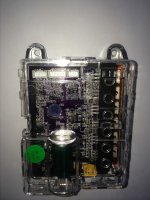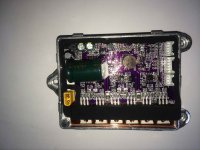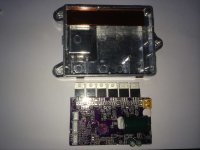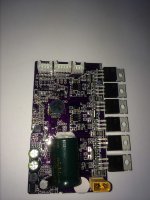geofft
1 kW
Been trying the last couple of days to install the new firmware using the instructions here:-
https://www.pedelecforum.de/wiki/doku.php?id=elektrotechnik pen_source_firmware_fuer_sxxs_ktxx_-controller
pen_source_firmware_fuer_sxxs_ktxx_-controller
.....but having some issues. Have installed Java, SDCC, C#hrome-B and ST visual dev, all 'seemed' to go ok. Hardware looks ok, I can manually send data from the STV programmer and the leds on ST-link adapter twinkle merrily as it is downloaded to the Kunteng controller. The problem is I can't get the Parameter Configurator to work, it seems to attempt to compile the data but never actually sends to the controller via the ST-link. Looking at the CMD console page afterwards there are lots of errors showing, something in my software installation is clearly not in the right place.
I've attached a copy of the CMD console output page (after attempting to run the Parameter Configurator), perhaps one of you guys could take a look and see if you have any ideas, I seem to have run out of these.....
https://www.pedelecforum.de/wiki/doku.php?id=elektrotechnik
.....but having some issues. Have installed Java, SDCC, C#hrome-B and ST visual dev, all 'seemed' to go ok. Hardware looks ok, I can manually send data from the STV programmer and the leds on ST-link adapter twinkle merrily as it is downloaded to the Kunteng controller. The problem is I can't get the Parameter Configurator to work, it seems to attempt to compile the data but never actually sends to the controller via the ST-link. Looking at the CMD console page afterwards there are lots of errors showing, something in my software installation is clearly not in the right place.
I've attached a copy of the CMD console output page (after attempting to run the Parameter Configurator), perhaps one of you guys could take a look and see if you have any ideas, I seem to have run out of these.....





